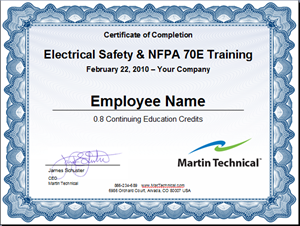From automated equipment, HVAC systems, to large manufacturing equipment, VFD’s (Variable Frequency Drives) are a critical and growing component of automated control systems, yet they are often misunderstood. Proper application, maintenance and troubleshooting of VFD’s can help plant’s and facilities, reduce downtime, improve system or equipment efficiencies, and reduce electrical consumption. This training is designed specifically for facility and plant maintenance technicians, who need a better understanding of how to apply, maintain, and optimize VFD’s. The training features an overview of VFD applications, VFD energy efficiencies, maintenance, troubleshooting and safety.
Request a Quick QuoteThis comprehensive variable frequency drive training is designed for facility and plant maintenance technicians, who needs a better understanding of how to apply, maintain, and optimize VFDs.
The course features an overview of VFD applications, VFD design characteristics, energy efficiencies, maintenance, troubleshooting and safety. Using actual pictures and examples of in-service products, the students will learn the fundamentals of VFD design and common failures. This understanding will aid in improving safety, overall efficiency, and reduce equipment downtime by recognizing early signs of misapplication or design inadequacies. This course is specifically developed and geared for maintenance technicians, electricians and engineers working in industrial plants and commercial buildings.
Upon completion of this course, students will be able to properly manage and maintain their VFD’s in a safe and efficient manner.
Attendees will learn the following:
AGENDA CAN BE CUSTOMIZED TO MEET YOUR NEEDS
Day 1
Day 2
After completion of this course, students will receive a Certificate of Completion and .1 CEUs (Continuing Education Units) for each hour of class completed.

All training certificates will be stored by Martin Technical for future reference, validation and 3rd party documentation.